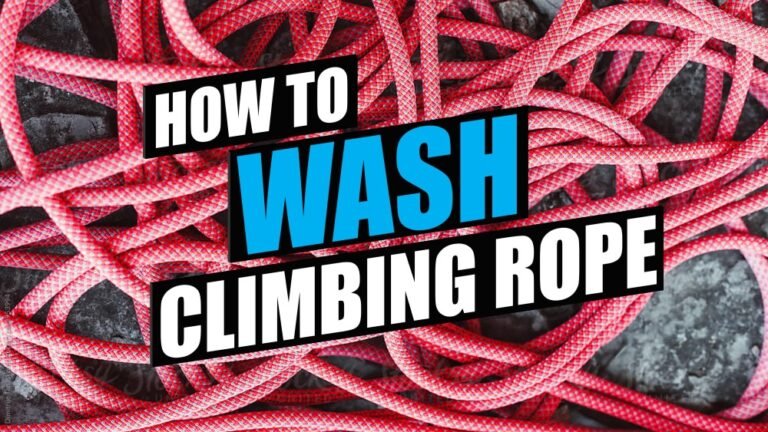Is there a need for gender specific climbing shoes
For climbers, scaling new heights requires not just physical prowess but also the right gear. Climbing shoes, with their specialized design and sticky rubber, play a crucial role in enabling precise footwork and optimal grip on the rock face. But when it comes to choosing the perfect pair, a lingering question arises. Should climbing shoes be categorized by gender?
Traditionally, climbing shoe manufacturers have offered separate lines for men and women. The rationale behind this lies in the assumption of inherent anatomical differences between genders. Men’s shoes are typically built with a wider forefoot and heel to accommodate a larger average foot size. Women’s shoes, on the other hand, are designed with a narrower profile and a lower volume to fit a supposedly smaller foot structure.
However, this binary approach to footwear is increasingly being challenged. Climbers, regardless of gender identity, come in a vast array of shapes and sizes. While some women may indeed have narrower feet, many others possess a wider build that might be better suited for men’s shoes. Similarly, men with narrow feet might find their ideal fit in the “women’s” category.
Arguments for gender-specific climbing shoes
Anatomical Differences: On average, men tend to have larger feet than women. This can translate to a wider forefoot and heel in men’s shoes, potentially offering a better fit for those with broader feet.
Performance Optimization: Some argue that specific last shapes for men and women can provide a more optimized fit, enhancing performance for different foot types. For instance, a narrower heel cup in women’s shoes might offer a more secure fit for climbers with slender ankles.
Arguments Against Gender-Specific Climbing Shoes:
Foot Shape Variation: Focusing solely on gender overlooks the vast diversity of foot shapes within each category. A man with narrow feet might be better suited for a women’s shoe, and vice versa.
Marketing Strategy: The argument can be made that the gendered categorization is primarily a marketing strategy, encouraging consumers to purchase two separate lines of shoes.
Performance Focus: Climbing is a performance-driven activity. The most important factor should be finding a shoe that offers the best fit and performance, regardless of gender.
The Move Towards Fit-Based Selection:
A growing movement within the climbing community advocates for a shift towards fit-based selection, replacing the gender binary with categories like “low volume” and “high volume.” This approach prioritizes the actual shape and size of the climber’s foot over a predetermined gender label.
Benefits of Fit-Based Selection:
Improved Fit: Climbers of all genders can explore a wider range of shoes, increasing the chances of finding a perfect fit that optimizes performance and comfort.
Inclusivity: It eliminates the limitations imposed by gendered categories, catering to a more diverse range of foot shapes and identities.
Focus on Performance: The emphasis is placed on the shoe’s technical aspects like stiffness, closure system, and material, which have a greater impact on climbing ability.
Making the Transition:
The transition towards a fit-based system would require a change in how climbing shoe manufacturers and retailers present their products.
Detailed Sizing Information: Providing more detailed sizing information beyond just gendered categories, including precise measurements and volume specifications, would be crucial.
Educational Resources: Educational resources that guide climbers in understanding their foot shape and selecting the right fit based on their needs would be beneficial.
Gender-Neutral Labeling: Shoes could be categorized based on volume (low, medium, high) or other performance-related characteristics, eliminating the need for gendered labels.
The Future of Climbing Shoes:
The move towards fit-based selection is a positive step towards inclusivity and performance optimization in the climbing footwear industry. By prioritizing the individual needs of climbers over outdated gender norms, climbing shoe manufacturers can create a more diverse and effective selection for everyone to reach new heights.
Climbing is a sport that demands precision and performance. While there might be slight anatomical variations between genders on average, these are often overshadowed by the vast diversity of foot shapes within each category. By focusing on fit and performance, the climbing community can move beyond the limitations of gendered shoes and empower climbers of all backgrounds to achieve their climbing goals.











